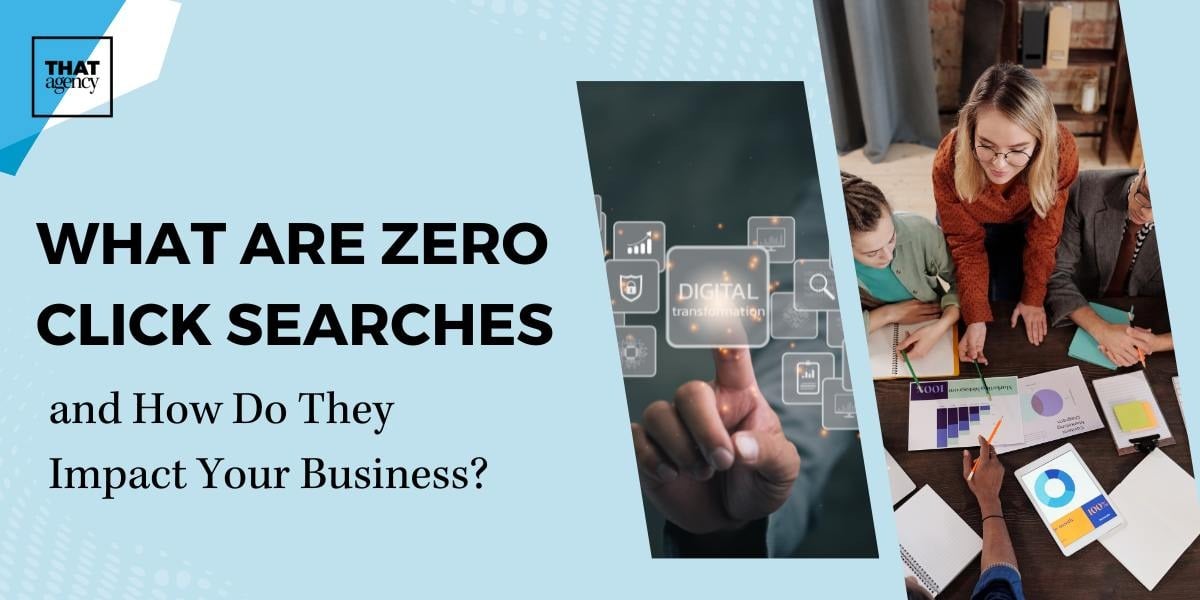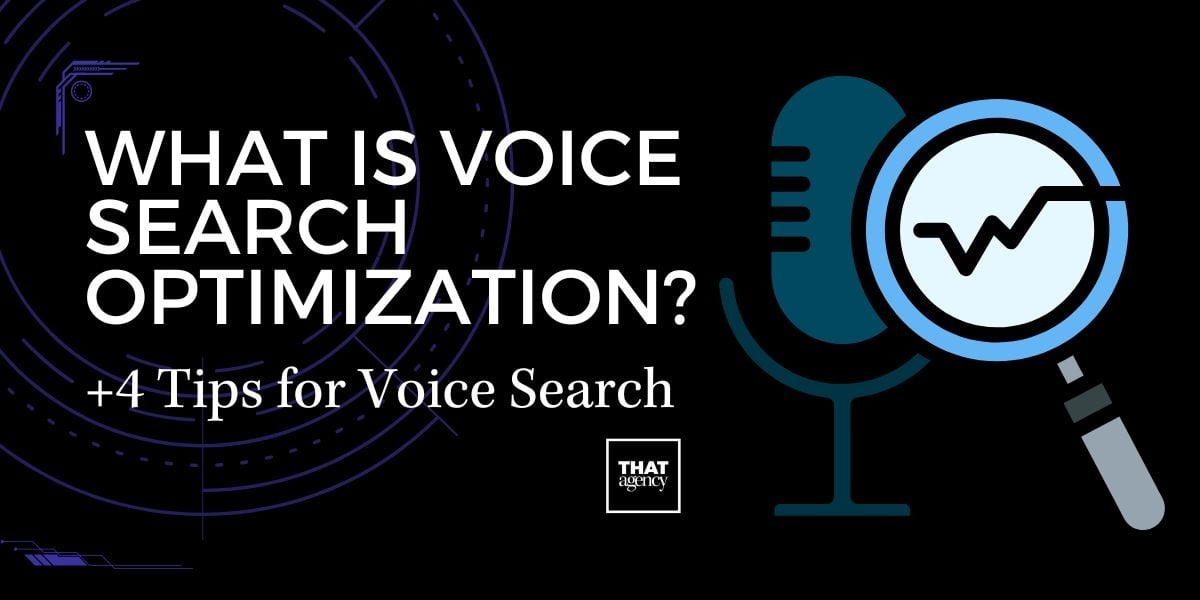Securing a spot on the first page of Google is akin to finding a prime location on Main Street. The visibility, credibility, and customer engagement that come with high search engine rankings are invaluable. Understanding how to get on the first page of Google can significantly boost your business’s online presence. In this blog, we'll explore why leveraging the expertise of a marketing agency can be a transformative strategy for achieving these coveted positions.

Introduction to the Importance of Google's First Page
The first page of Google is the modern-day gold rush for businesses. With over 90% of web traffic coming from this search engine alone, appearing on the first page can be the difference between a thriving business and one that's overlooked. That’s why understanding how to get on the first page of Google is not just beneficial; it’s essential.
The Power of Google SERP Features
Before we get into the strategies for getting on the first page, let's discuss an essential aspect of search engine optimization: Google SERP features.
A SERP feature is any result on a Google Search Engine Results Page that is not a traditional organic result. These features can include rich snippets, knowledge graphs, local packs, featured snippets, and more. Google SERP features are designed to provide users with more comprehensive and immediate information, often reducing the need to click through to a website. Understanding these features is crucial for optimizing your content to secure a spot on the first page.
Now, let's dive into the actionable steps to increase your chances of reaching the first page of Google.
1. Optimize for Keywords
Begin with robust keyword research. Identifying the right keywords—those which your target audience is searching for—is crucial. Use tools like Google Keyword Planner to find relevant keywords with high search volumes and low competition. Incorporate these strategically in titles, headers, and throughout your content to improve your visibility.
2. Enhance Your Website’s User Experience
Google prioritizes websites that provide a stellar user experience. This includes fast load times, mobile responsiveness, intuitive navigation, and engaging design. A marketing agency can offer professional web development services to ensure your website meets these criteria, making it more likely to rank on the first page.
3. Create Quality Content
Content is king in the SEO world. High-quality, informative, and engaging content that answers your audience’s questions can earn you a spot on the first page. Regularly updated blogs, infographics, and videos not only keep your audience engaged but also signal to Google that your site is active.
4. Utilize SEO Best Practices
Implementing SEO best practices is non-negotiable. This includes optimizing title tags, meta descriptions, and images. Also, structuring your URL for SEO can greatly impact your page's visibility. A marketing agency can help fine-tune these elements based on the latest SEO trends and guidelines.
5. Build Quality Backlinks
Backlinks are among the top factors Google considers for ranking. Earning links from reputable sites not only boosts your site’s authority but also drives traffic. Partner with a marketing agency to develop a link-building strategy that includes guest blogging, collaborations, and public relations.
6. Engage in Social Media Marketing
Social signals do not directly impact SEO rankings, but engagement can drive traffic to your website. Use social media platforms to share content, interact with users, and promote your business. Increased traffic signals to Google that your site is valuable, which can improve your rankings.
7. Implement Local SEO
For local businesses, local SEO is critical. Optimize your website for local search terms, create a Google My Business account, and ensure your business information is consistent across the web. Local SEO can drive significant traffic and attract customers from your area.
8. Monitor Your SEO Performance
Tracking your SEO performance helps you understand what's working and what isn't. Use tools like Google Analytics to monitor your traffic, bounce rate, and other important metrics. Adjust your strategies based on these insights to continually improve your position.
9. Use Advanced SEO Techniques
Leverage advanced SEO techniques such as schema markup, which helps search engines understand your content better, and technical SEO, which optimizes your site’s backend. A marketing agency can handle these complex tasks, ensuring your website meets all SEO requirements.
10. Continuously Optimize and Update
SEO is not a one-time task. It requires continuous optimization and updates to keep up with Google’s ever-changing algorithms. A marketing agency can provide ongoing SEO services, keeping your site optimized and ahead of the competition.
Why You Need a Marketing Agency
Utilizing Expertise and Experience
A marketing agency brings expertise and resources that most businesses can't match internally. They are adept at navigating the complexities of Google algorithms and can strategize accordingly.
Strategic Content Creation
Agencies provide skilled content creators who can produce SEO-friendly content that resonates with your audience and adheres to Google’s guidelines. Their experience across various industries enables them to craft unique strategies that target your specific audience effectively. There are many other reasons in marketing as to why you need a marketing agency.
How to Get on the First Page of Google
Understanding how to get on the first page of Google involves a multifaceted approach combining technical SEO, content strategy, and continuous optimization. Partnering with a marketing agency can significantly enhance your efforts, bringing professional expertise and innovative strategies to the table. If you’re ready to see your website climb to the top of the search results, consider reaching out to THAT Agency. They are equipped to elevate your online presence and drive your business success. Contact us today for more information or visit our services page to learn more about how we can help you achieve your digital marketing goals.





.jpg)